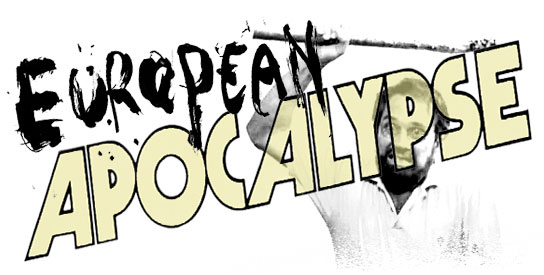 Bell from Hell comes with a tragic behind the scenes story (which, as is usually the case, some releases used to market the film). On the final day of shooting, director Claudio Guerín fell to his death from the bell tower constructed for the film. He left with only two features under his belt, and, if A Bell from Hell is any indication, Guerín could have gone on to be an important name in Spanish horror – even though A Bell from Hell genre hops in and out of the horror genre.
Bell from Hell comes with a tragic behind the scenes story (which, as is usually the case, some releases used to market the film). On the final day of shooting, director Claudio Guerín fell to his death from the bell tower constructed for the film. He left with only two features under his belt, and, if A Bell from Hell is any indication, Guerín could have gone on to be an important name in Spanish horror – even though A Bell from Hell genre hops in and out of the horror genre.
A BELL FROM HELL
original title: La campana del infierno
Spain/France, 1973, Claudio Guerín
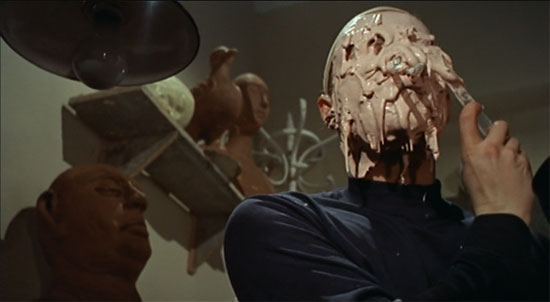
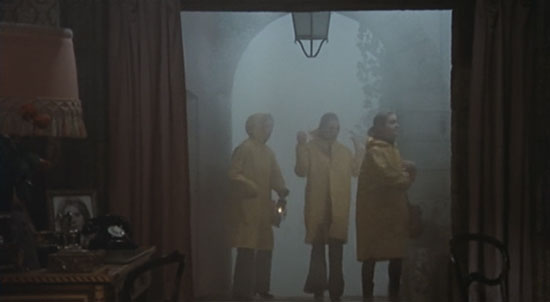
It blows my mind a little that A Bell from Hell continues to linger in obscurity. I mean, it has a DVD release and a following of sorts (I’m ashamed to admit, I only very recently heard of A Bell from Hell myself), but really, this should be considered a Euro horror/thriller classic. A Bell from Hell is a fine piece of work both in substance and style. I’ve read some reviews that refer to the film’s story as nonsensical and confusing. I disagree. While the foundation the plot is built on is nothing special – a simple tale of revenge and freedom – its execution and detailing is stellar. Writer Santiago Moncada keeps us in relative darkness for much of the running time, and, even as the film wraps up, there are some questions left for audience to ponder. This style of storytelling is complimented by the film’s central characters, who are all fairly morally complex. John, for example, is a character who begins the film as a sociopath but becomes something quite different as the running time rolls by. It helps, of course, that the cast are all very good in their roles, particularly Verley in the lead. It’s also a treat to see Maribel Martín (The Blood Spattered Bride) in a small but significant role.
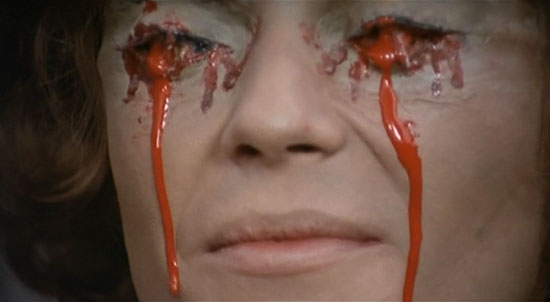
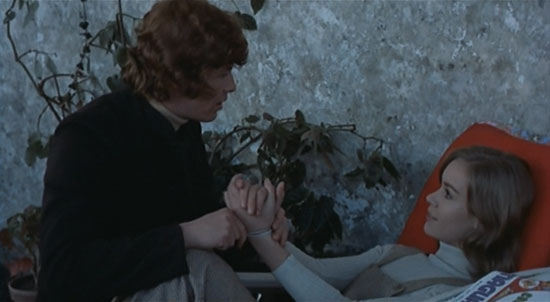
Guerín and cinematographer Manuel Rojas ensure that the film’s story is told through stunning imagery. The cinematography consistently bowled me over. Each shot is framed beautifully with unexpected compositions giving the film a unique look. Guerín has also chosen his locations perfectly – from John’s bizarre abode decorated with birds, plants and even a monkey to the daunting bell tower that Guerín would tragically fall from on the final day of shooting. There is an excessive quality to some of this imagery, but Guerín manages to capture his vision in a way that doesn’t distract from story or characters. Perhaps it is his deliberate pacing. A Bell from Hell spends most of its time building and, rather than terrifying the audience, it instead slowly pumps out a sense of unease, filling each scene with dread and intensity. Guerín cuts loose in the film’s final act, releasing a jaw-dropping conclusion that had me grinning ear to ear.
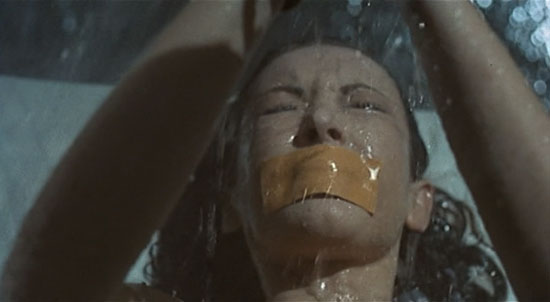

I can’t recommend A Bell from Hell more. It is one of the finest genre films to come out of Spain in the 1970s – hell, it’s one of the finest to come out of Europe in the 70s. It is up there with Italy’s best and considering I’m a huge fan of Italian horror and thriller offerings of the 60s through to the 80s, that means I really, really enjoyed it. Grab yourself a copy of this now, pals!
The VHS cover used in this article was sourced from VHS Wasteland!
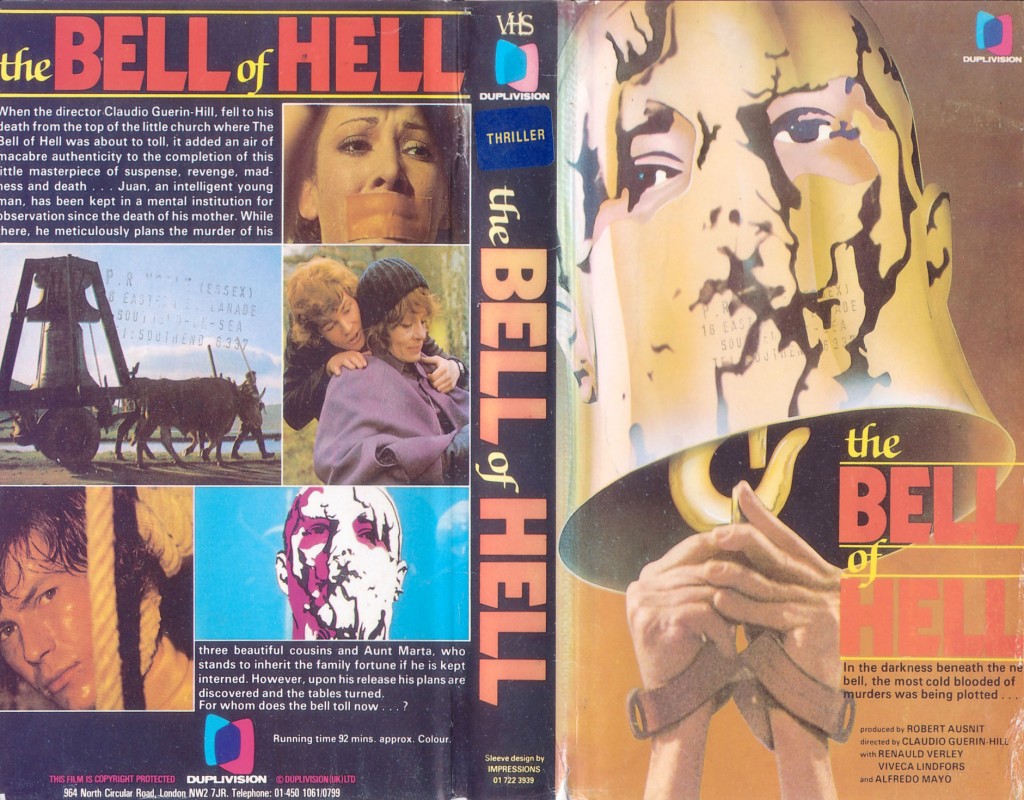





1 comment
Neys Books says:
Sep 21, 2014
Dear
I get in touch with you to inform them of the release in the Screenwriting book damn film par excellence of the Spanish Cinema: “THE BELL FROM HELL”, script ofSantiago Moncada, directed by Claudio Guerín published in Spanish by Neys Books editions. http://www.neysbooks.com
Synopsis: overview
The bell from hell” is one of European horror films that more importance has reached since its release in 1973. The death of its director, Claudio Guerín, in unexplained circumstances the last day of shooting, that took place from the protagonist of the film scenario, the belfry, added a halo of editing which, however, does not diminish achievements to the excellent script for Santiago Moncada or the splendid film that Guerín.
Thank you
neysbooksediciones@gmail.com